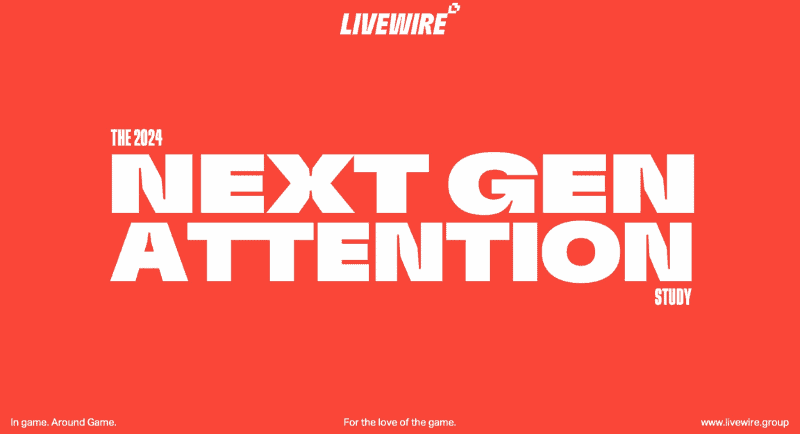Gaming is the entertainment channel of choice across Gen Alpha, Gen Z and millennials, a new report from Livewire has found, but the gaming agency stresses that brands that want to capture attention must adapt.
The 2024 Next Gen Attention study surveyed 1,801 gamers across the UK, US, and Australia, and explored the difference in expectation, habits, and gaming consumption across the three generations.
The report found that while gaming is the biggest form of entertainment across the groups, the younger Gen Alpha and Gen Z have different expectations, and are more welcoming of brands in gaming.
Adam Fischer, head of ANZ at Livewire, told Mediaweek that the report breaks down some misconceptions in the Australian market when it comes to brands reach consumers through gaming.
“What’s becoming clear is that gamers love gaming more than any other entertainment channel,” he said.
“It shows that the fundamental unit of marketing attention is being disrupted, not just the core marketing channel.
“Gen Alpha and Gen Z expect brands to be present in gaming and if they contribute in a positive way through world builds, skins and additive experiences it’s more likely to lead to purchase. Consumer expectation is currently ahead of brand realisation – especially in Australia.”
The Next Gen, which Livewire defines as Gen Alpha and Z combined, enjoy branded moments in games nearly 20% more, compared to millennials. Immersive experiences are also an increasing expectation, with interactive moments (65%) and playable experiences (69%) on the rise through characters, skins, world-builds, interactive billboards, playable, and rewarded videos.
Gen Alpha is significantly more likely to purchase after seeing a brand in-game than the older cohorts. They’re also the most committed to gaming, with 70% of Gen Alpha gaming at least 4-5 times a week, while Gen Z aligns more closely in their daily gaming habits with millennials.
Tom Simpson, CEO of Livewire, said that the next generation is different than any the market has seen before.
“Tech-natives raised in gaming, this is a generation that does not primarily consume media via downward-scrolling flat social-media screens,” he said.
“They exist in immersive, interactive, playable digital spaces. And this means how brands talk and engage with them has to be completely different too – it’s now about items, immersive ads, playability and experiences in expansive digital worlds.
“It’s the fundamental unit of marketing attention that’s being disrupted, not just the core marketing channel.”
See also: Growing Pains: How advertising in the Aussie video game industry is beating middle child syndrome
